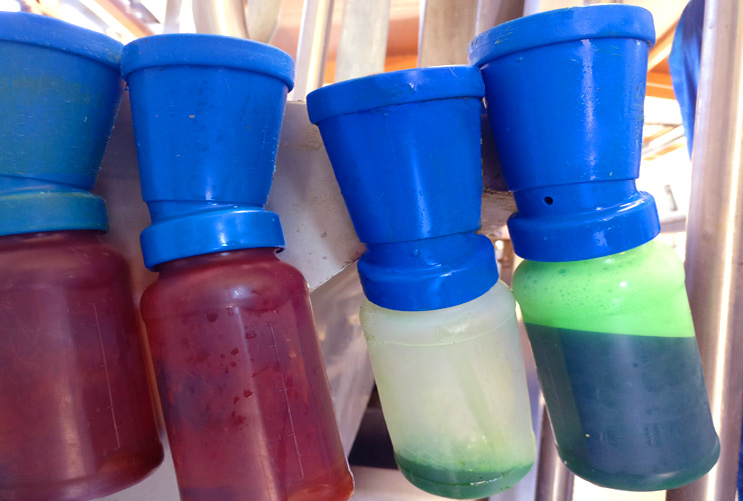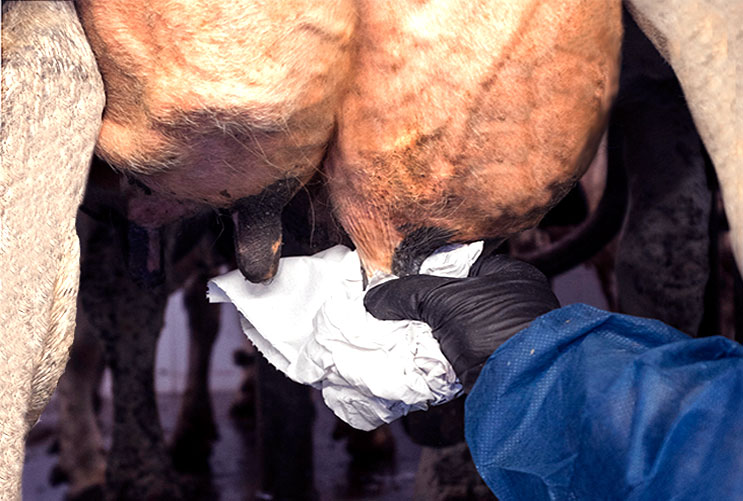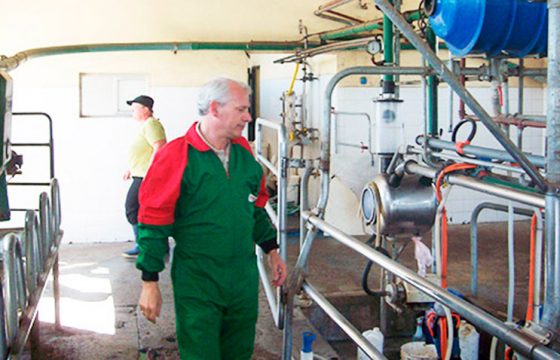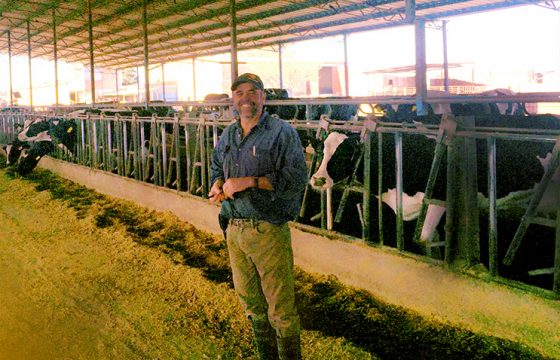Milking routines & Mastitis in dairy cows: Every step counts!
Do you know why proper drying of the teats is so important before the milking unit is attached? So that the milking unit does not slip off the teats! Following previous posts about milking routines, now we’ll focus on reviewing the unit attachment and alignment. Discover here how to achieve a perfect drying of the teats and a proper attachment of the units, reducing the risk of contagious mastitis in your dairy cows.
When it comes to milking routines, the milking unit must be attached to the driest surface possible. This statement may seem obvious, but it is crucial for preventing “liner-slip” of the units and for maintaining a proper vacuum in the teats during milking, so that the risk of contagious mastitis in dairy cows gets lower.
Importance of attach the unit to dry teats:
Complete drying of teats after 30 seconds of predipping is a very effective procedure to reduce bacterial contamination and to avoid residues of disinfectant in milk.
 Keeping the dip-cups clean is very important, as the disinfectant will be inactivated in presence of organic material, and can transmit pathogens causing mastitis in dairy cows.
Keeping the dip-cups clean is very important, as the disinfectant will be inactivated in presence of organic material, and can transmit pathogens causing mastitis in dairy cows.
The objective of this procedure is to remove dirt, manure, debris and predipping residues from the teat skin avoiding the entrance of bacteria to the teat canal and causing mastitis in dairy cows.
The most critical point during the drying process is to clean and dry the teat ends. Wiping off of teats may be done using disposable paper towels or cloth towels that are cleaned and disinfected between each use.
Even though cloth towels are more absorbent than paper towels, it should be emphasized that cloth towels should be washed using hot water and sanitizer, and that they need to be dried at high temperature, in order to reduce bacterial contamination.
When teats are not properly dried, wet teats may increase the risk of new mastitis in dairy cows and also increase the occurrence of liner slips.
Attachment of milking units, is it that important?
The time spent by milkers cleaning and drying the teat surface before milking is called prep time. The critical time for prep time is around 10 to 20 seconds.
 Proper drying of the teats is very important so that the milking unit does not slip off the teats. This, together with a proper attachment of the units is essential for reducing the risk of contagious mastitis in dairy cows.
Proper drying of the teats is very important so that the milking unit does not slip off the teats. This, together with a proper attachment of the units is essential for reducing the risk of contagious mastitis in dairy cows.
The prep lag time starts with teat preparation procedures and ends with the attachment of milking units. It is recommended that prelag time should be 60 to 90 seconds, because oxytocin release into the blood circulation reaches peak concentration after 60 to 90 seconds of teat stimulation.
Milking routines that result in a prep lag time of more than 3 minutes have negative consequences for milk yield/cow and reduce the milk flow rate.
Therefore, a consistent milking routine should focus on a timely attachment of milking units (60 to 90 seconds) to well stimulated teats, aiming to maximize the milk flow rate and to reduce milking time.
When units are attached to the cows, one critical area to monitor in the performance of the milking routine is the unit alignment, because this influences milking performance and efficiency.
Teat cups should be attached so as to reduce excessive air admission into the system. Milking units should be aligned so that the outlet of the claw is pointing towards the cow’s head (conventional systems) or between the legs of the cows in parallel systems.
When units are not properly aligned, cows may have reduced milk flow from individual quarters, which results in an increased risk of teat damage and higher probability to cause mastitis in dairy cows, and liner slips.
This situation also results in cow discomfort and increased kicking of the milking unit, liner slips and contamination of the milking unit. Additionally, poor unit alignment increases the time spent by milkers in reattaching units after liner slips.
See? As we promised at the beginning of this post, every step is crucial to prevent mastitis in dairy cows!
Content originally created for “the Mastipedia”.
Authors: Marcos Veiga (Professor of Animal Nutrition and Production at São Paulo University).


